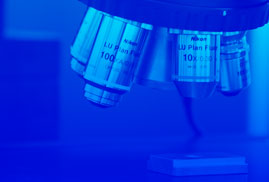Centerless grinding is a manufacturing process in which, due to its special working configuration, it is possible to achieve high-precision finishes at high production rates. However, this special configuration is also the main source of geometric, dynamic and dragging instabilities. To these frequently occurring and difficult to control typical instabilities must be added the inherent limitations of abrasive stock removal machining: thermal damage and damage to the surface, dimensional and geometric tolerances and surface finish. Together, they make centerless grinding a complex technology to master. Despite this, setting of these processes is still based on the experience of the machine operators and through trial and error methods, without a practical application of rigorous scientific knowledge of the process behaviour.
Based on the development of simulation models and their experimental contrasting, this thesis explores, on the one hand, on dynamic instabilities, a phenomenon that occurs above all during centerless grinding due to the use of very wide grinding wheels. Results have made it possible to precisely determine chatter-free working configurations in each case and to study the application of the variable workpiece rotation speed technique in order to eliminate chatter.
On the other hand, simulation models and their experimental comparison to study other characteristic instabilities and limitations inherent to the abrasive stock removal mechanism were carried out, complemented by work carried out in two other parallel theses on geometric instabilities, dragging and thermal damage. The developed models and acquired knowledge helped in determining the influence and combination of variables that govern the process, both for the plunge and in-feed working methods and for single- and multi-diameter parts. This in turn made it possible to develop optimisation algorithms for cycle configuration and selection of optimum working variables, while at the same time meeting the requirements of integrity and surface finish, dimensional and geometric tolerances and production requirements.
The work yielded two successive versions of a tool for setting and optimisation centerless grinding processes. The first one is implemented on the machine and the second, more complete one is implemented in the WEB support, both with the name of SUA: Estarta Set-up Assistant.


